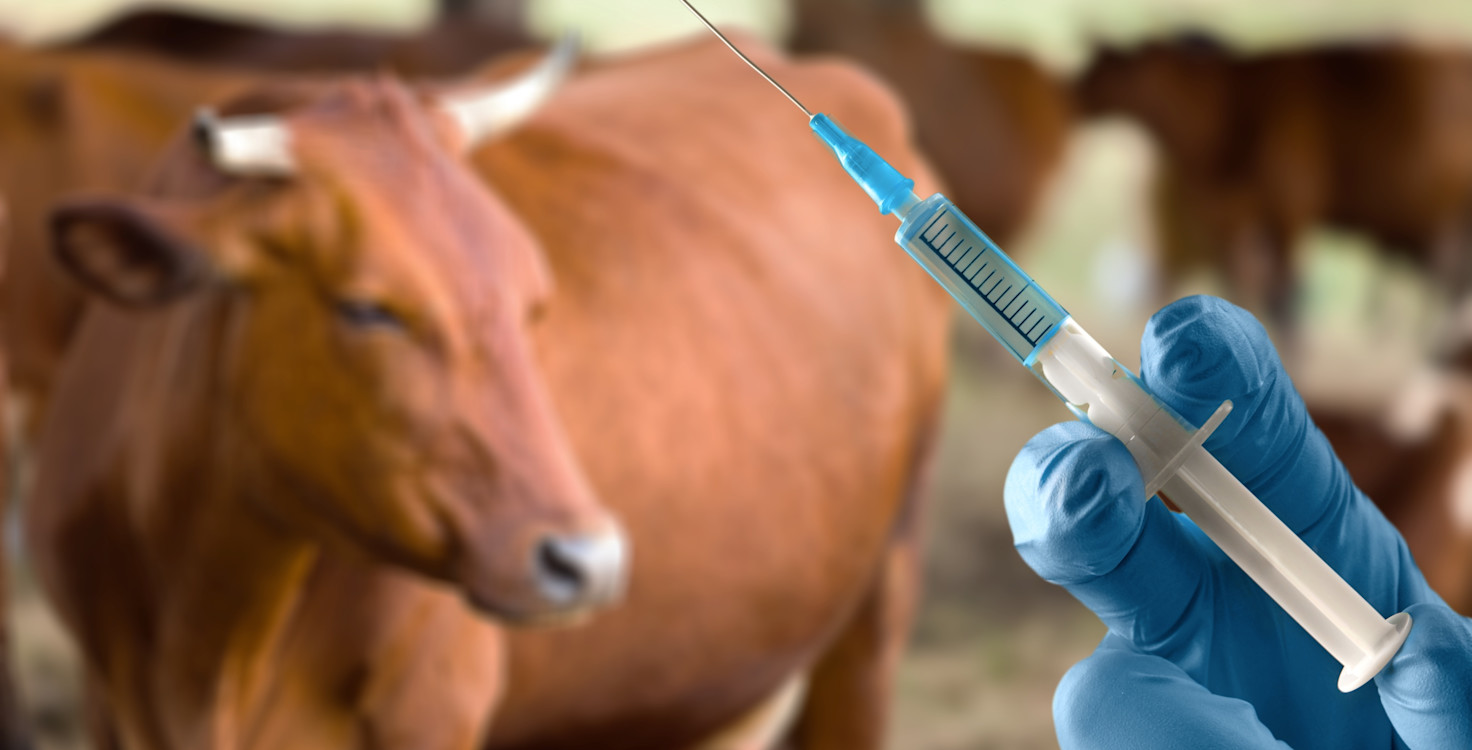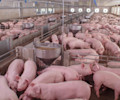Without intervention, antimicrobial resistance (AMR) could result in 39 million deaths between 2025 and 2050 and a 3.8% global decline in annual GDP.
Urgent action is required, with Mia Mottley, Prime Minister of Barbados, describing AMR as an “existential crisis” akin to climate change when speaking at the recent UN General Assembly High-Level Meeting on AMR (UNGA HLM on AMR).
Effective antimicrobials are fundamental to maintaining a stable healthcare system, a productive workforce, and a sustainable food supply.
With almost 10% of the global equity market exposed to AMR-related risks, particularly in developed markets, the implications extend beyond public health, affecting global economic stability and investment portfolios, as highlighted in FAIRR’s previous Insight on this topic.
Indeed, investors representing US$13 trillion in assets* have urged policymakers to address this systemic risk, using a ‘One Health’ approach – considering the interconnectedness of humans, animals and the wider ecosystem.
In light of World AMR Awareness Week and the end of the 4th Ministerial Conference on AMR in Jeddah, Saudi Arabia, this Insights piece highlights the actions that investors need from policymakers to derisk financial markets and address AMR, focusing on animals and the environment.
Addressing AMR and animal health
As global animal agriculture has been estimated to use 73% of all antimicrobials sold and 36 countries have self-reported that antimicrobials are still used for growth promotion, reducing the overuse and misuse of antimicrobials in animal agriculture is essential to mitigate the risk of AMR.
The Investor Action on AMR Initiative’s (IAAMR) Public Investor Statement calls on policymakers to end the routine use of antibiotics for growth promotion and group prophylaxis and to commit to reducing inappropriate antibiotic use in agriculture.
Ahead of the 26 September UNGA HLM on AMR, world leaders and experts called for a 30% reduction in global animal antimicrobial use by 2030, to align with the 2022 Muscat Manifesto. Achieving this target would have raised GDP in 2050 by US$14 billion, but it was removed from the final draft of the Political Declaration of the High-Level Meeting on Antimicrobial Resistance and replaced with a call for “meaningful reductions” by 2030.
While this amendment was disappointing, it still acknowledges the importance of minimising the inappropriate use of antibiotics within the agri-food system.
In the absence of global targets, investors will look to national policymakers to create a level playing field for companies addressing AMR risk and to ensure there are consequences for inaction. National targets can also help companies set appropriate goals as well as informing investors' stewardship activities.
The EU provides an excellent example of a jurisdiction setting effective targets and legislation, as it is well on its way to achieving its 50% reduction target for the sales of antimicrobials for farmed animals and aquaculture by 2030.
As well as supporting appropriate reductions in antimicrobial use in animal agriculture by engaging directly with companies or through initiatives such as FAIRR’s Restaurant Antibiotics Engagement, investors can participate in relevant consultations or engage with local policymakers.
Effective national action to address AMR should not only include reductions in inappropriate antimicrobial use but also support transparent disclosure on antimicrobial use and implementation of surveillance mechanisms, training programs and preventative measures such as vaccine strategies and improved animal welfare.
Addressing AMR and environmental health
There is a recognised need to prevent and address the release of antimicrobials into the environment from sources such as wastewater, livestock production and pharmaceutical manufacturing.
On the latter, the political declaration – approved at the UNGA HLM on AMR – calls on countries to incentivise and adopt manufacturing standards that mitigate antimicrobial pollution.
In the UK, for example, pharmaceutical companies must have certification showing their compliance with the AMR Industry Alliance Manufacturing Standard to be able to supply antibiotics to the National Health Service.
Many countries do not mandate such certifications, particularly for animal pharmaceuticals. Only one of the animal pharmaceutical companies assessed by FAIRR as part of its animal pharmaceuticals and quick-service restaurants engagement disclosed that it monitors antimicrobial levels in its wastewater.
When engaging with companies, investors can promote good practice by advocating that their investees improve their disclosures, in alignment with existing guidelines, or encourage them to achieve appropriate certifications.
However, as the IAAMR Public Investor Statement emphasised, national legislative initiatives are needed to support this work and set maximum residue limits for antibiotics in wastewater from manufacturing facilities.
Maintaining momentum on AMR
AMR is already claiming over one million lives a year and unless sustained global efforts are made, the death toll is set to rise, for humans and animals alike. All stakeholders, from investors and companies to civil society and governments, are needed to halt the development of AMR and protect the future of working antibiotics.
Encouragingly, the Kingdom of Saudi Arabia has proposed a biannual ministerial conference to create an accountability mechanism to support sustained national efforts, with Nigeria to host the next meeting in 2026. With investors continuing to ask investee companies to address AMR risks, governments must now implement effective action across humans, animals and the environment to ensure financial stability and a healthy future for all.
FAIRR will continue to support key stakeholders to take meaningful action on AMR through its thematic research, collaborative engagements and policy activity. FAIRR also invites all asset owners and asset managers to endorse the IAAMR Public Investor Statement which remains open for sign-on until 31 December 2024.
*As of 03 September 2024
FAIRR insights are written by FAIRR team members and occasionally co-authored with guest contributors. The authors write in their individual capacity and do not necessarily represent the FAIRR view.











